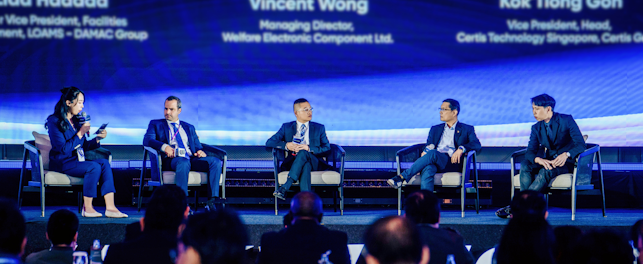ISO 14001 and Circular Economy: Bridging the Gap for Sustainable Business Practices
As the sustainable business models, the integration of ISO 14001 with the circular economy presents a significant opportunity for organizations to enhance environmental performance. Environmental management systems, ISO 14001, provides a structured framework to manage environmental responsibilities efficiently. When aligned with circular economy principles to a more regenerative approach that minimizes waste and maximizes resource efficiency.
Understanding the Circular Economy
Circular Economy is an economic concept that focuses on maximizing resource utilization while minimizing waste and environmental impact. It emphasizes design to reduce waste, maintaining the use of products and materials, and restoring natural systems. Unlike traditional business models that prioritize short-term consumption, Circular Economy promotes recycling, reuse, and sustainable resource management. This approach helps reduce environmental impact and creates long-term economic value.
How ISO 14001 Supports the Circular Economy
ISO 14001 provides the necessary framework for organizations to adopt circular economy principles effectively. Some key ways ISO 14001 contributes to a circular business model include:
- Resource Efficiency and Waste Reduction
ISO 14001 helps businesses identify and control their resource consumption through life cycle assessment and environmental impact evaluations by optimize material use, minimize waste, and promote sustainable production processes. - Lifecycle Perspective
ISO 14001 encourages organizations to assess the environmental impacts of their products and services from design, purchasing of raw material, transportation to waste disposal. Businesses can implement eco-design strategies that extend product lifespans and facilitate recyclability. - Compliance and Risk Management
Regulatory compliance is a critical aspect of both ISO 14001 and the circular economy. Organizations can use ISO 14001 to stay ahead of environmental laws and standards related to waste reduction and resource efficiency. - Stakeholder Engagement and Sustainable Supply Chains
Organizations certified under ISO 14001 can drive collaboration with suppliers, customers, and regulators to promote circular economy principles such as procurement practices, ensuring that materials sourced are renewable, recyclable, or biodegradable.

Implementing a Circular Economy Strategy with ISO 14001
To effectively integrate circular economy principles within an ISO 14001 framework, organizations can follow these steps:
- Conduct a Gap Analysis – Assess current environmental management practices and identify areas where circular economy principles can be incorporated.
- Set Circular Economy Objectives – Define specific, measurable goals that align with both ISO 14001 and circular economy targets, such as reducing landfill waste by 50% or increasing the use of recycled materials.
- Optimize Product and Process Design – Implement eco-design and sustainable production strategies that support reuse, remanufacturing, and recycling.
- Engage the Workforce and Stakeholders – Train employees and engage stakeholders to promote a culture of sustainability and circular economy awareness.
- Monitor, Evaluate, and Improve – Use ISO 14001’s Plan-Do-Check-Act (PDCA) cycle to continuously assess and enhance circular economy initiatives.
ISO 14001 serves as a powerful enabler for businesses aiming to transition towards a circular economy. By integrating environmental management best practices with circular economy principles, organizations can reduce waste, optimize resource use, and create long-term value. Embracing this approach not only helps companies comply with environmental regulations but also fosters innovation, resilience, and sustainable growth in an increasingly resource-conscious world.
238 TRR Tower, 19th-21st Floor, Naradhiwas Rajanagarindra Road,
Chong Nonsi, Yannawa, 10120,
Bangkok, Thailand



